Abbott, J.H.M. (John Henry Macartney). 1908. The South Seas (Melanesia). With twelve full-page illustrations in colour by Norman Hardy, F.R.G.S. London: Adam and Charles Black.
- Available via Internet Archive at: https://archive.org/details/southseasmelane00hardgoog
Bassarova, M.; Archer, M.; and Hand, S.J. December 20, 2001. “New Oligo-Miocene Pseudocheirids (Marsupialia) of the Genus Paljara from Riversleigh, Northwestern Queensland.” Memoirs of the Association of Australasian Palaeontologists 25:61-75.
Burnett, S.; and Winter, J. 2008. "Pseudochirops archeri." In: IUCN 2013. International Union for Conservation of Nature and Natural Resources Red List of Threatened Species. Version 2013.2. Retrieved on March 6, 2014.
- Available at: http://www.iucnredlist.org/details/18502/0
Chambers, John. 1998-2009. "Green Ringtail Possum." Rainforest-Australia. Retrieved on March 6, 2014.
- Available at: http://rainforest-australia.com/green_ringtail_possum.htm
- Available at: http://wildlife-australia.com/green.htm
Collett, Robert. 1884. "On some apparently new Marsupials from Queensland." Proceedings of the Scientific Meetings of the Zoological Society of London for the Year 1884, Vol. 52, Issue 3 (May 20, 1884): 381-389. London: Longmans, Green, Reader, and Dyer. Retrieved on March 6, 2014.
- Available via Biodiversity Heritage Library at: http://www.biodiversitylibrary.org/page/28690276#page/477/mode/1up
- Available via Internet Archive at: https://archive.org/stream/proceedingsofgen97scie#page/317/mode/1up
Davis, Sarah. 2002. "Green Ringtail Possum: Pseudochirops archeri (On-line)." Animal Diversity Web. University of Michigan Museum of Zoology. Retrieved on March 6, 2014.
- Available at: http://rainforest-australia.com/green_ringtail_possum.htm
Department of Environment and Heritage Protection. 2014. "Green Ringtail Possum - Pseudochirops archeri." WetlandInfo. State of Queensland Government. Retrieved on March 6, 2014.
- Available at: http://wetlandinfo.ehp.qld.gov.au/wetlands/ecology/components/species/?pseudochirops-archeri
"Green Ringtail Possum." P. 120 in Grzimek's Animal Life Encyclopedia, Second Edition. Volume 13: Mammals II, edited by Michael Hutchins, Devra G. Kleiman, Valerius Geist, and Melissa C. McDade. Farmington Hills, MI: Gale Group, Inc., division of Thomson Learning Inc., 2004.
"Green Ringtail Possum." The Website of Everything. Retrieved on March 6, 2014.
- Available at: http://thewebsiteofeverything.com/animals/mammals/Diprotodontia/Pseudocheiridae/Pseudochirops/Pseudochirops-archeri.html
"Green Ringtail Possum: Pseudocheirus archeri." Oz Animals: Australian Wildlife. Retrieved on March 6, 2014.
- Available at: http://www.ozanimals.com/Mammal/Green-Ringtail-Possum/Pseudocheirus/archeri.html
Jones, Frederic Wood. 1922. "The External Characters of Pouch Embryos of Marsupials. No. 4 - Pseudochirops dahli." Transactions and Proceedings of the Royal Society of South Australia 46:119-130. Retrieved on March 6, 2014.
- Available via Internet Archive at: https://archive.org/details/transactionspro461922roya
Jones, Katherine M.W.; MacLagan, Sarah J.; and Krockenberger, Andrew K. 2006. "Diet Selection in the Green Ringtail Possum (Pseudochirops archeri): A Specialist Folivore in a Diverse Forest." Austral Ecology 31:799-807. Retrieved on March 6, 2014.
- Available at: http://www.academia.edu/1077799/Diet_selection_in_the_green_ringtail_possum_Pseudochirops_archeri_a_specialist_folivore_in_a_diverse_forest
Kerle, Jean Anne. 2001. Possums: The Brushtails, Ringtails and Greater Glider. Sydney: University of New South Wales Australian Natural History Series. Retrieved on March 6, 2014.
- Available at: http://books.google.com/books?id=YDM0hjAwchUC&lpg=PT65&dq=Petropseudes%20dahli&pg=PT66#v=onepage&q=Petropseudes%20dahli&f=false
Larsen, Fredrik. June 8, 2012. "Norwegian Builders of Australia." ReiseFredrik i Australia. Retrieved on March 6, 2014.
- Available at: http://reisefredrik.com/2012/06/08/norwegian-builders-of-australia/
Laurance, S.G. 1999. "Tropical Wildlife Corridors: Use of Linear Rainforest Remnants by Arboreal Mammals." Biological Conservation 91:231-239. Retrieved on March 6, 2014.
- Available at: http://mammalsresearch.blogspot.com/2011_04_01_archive.html
Meredith, Robert W.; Mendoza, Miguel A.; Roberts, Karen K.; Westerman, Michael; and Springer, Mark S. March 2, 2010. “A Phylogeny and Timescale for the Evolution of Pseudocheiridae (Marsupialia: Diprotodontia) in Australia and New Guinea.” Journal of Mammalian Evolution 17(2):75-99. Retrieved on March 6, 2014.
- Available at: http://www.ncbi.nlm.nih.gov/pmc/articles/PMC2987229/
Nowak, Ronald M. 1999. Walker's Mammals of the World, Sixth Edition. Volume I. Baltimore: Johns Hopkins University Press.
Nowak, Ronald M. 2005. Walker's Marsupials of the World. Baltimore: Johns Hopkins University Press.
"Pseudochirops archeri (Collett, 1884)." ITIS Standard Report. Integrated Taxonomic Information System. Retrieved on March 6, 2014.
- Available at: http://www.itis.gov/servlet/SingleRpt/SingleRpt?search_topic=TSN&search_value=609831
"Pseudochirops archeri (Collett, 1884): Green Ringtail Possum." Atlas of Living Australia. Retrieved on March 6, 2014.
- Available at: http://bie.ala.org.au/species/PSEUDOCHIROPS+ARCHERI
"Pseudochirops archeri: Green Ringtail Possum." Encyclopedia of Life. Retrieved on March 6, 2014.
- Available at: http://eol.org/pages/323833/overview/
Ride, W.D.L. A Guide to the Native Mammals of Australia. Melbourne: Oxford University Press, 1970.
Strahan, Ronald; and Conder, Pamela. 2007. Dictionary of Australian and New Guinean Mammals. CSIRO Publishing.
U.S.S. Post Staff. January 9, 2012. "Green Ringtail Possum." United States Online News. Retrieved on March 6, 2014.
- Available at: http://usspost.com/green-ringtail-possum-59340/
Van Deusen, Hobart M.; and E.I. Stearns. 20 May 1961. "Source of Color in the Fur of the Green Ring-Tailed Possum." Journal of Mammalogy 42(2):149-152. Retrieved on March 6, 2014.
- Available at: http://www.jstor.org/discover/10.2307/1376822?uid=3739936&uid=2&uid=4&uid=3739256&sid=21103637166297
"Wet Tropics of Queensland." UNESCO World Heritage Centre List. Retrieved on March 6, 2014.
- Available at: http://whc.unesco.org/en/list/486
Wilson, D.E.; and Reeder, D.M. 2005. Mammal Species of the World: A Taxonomic and Geographic Reference, Third Edition. Johns Hopkins University Press. Retrieved on March 6, 2014.
- Available at: http://www.departments.bucknell.edu/biology/resources/msw3/browse.asp?id=11000132
Wrobel, Murray (Editor). 2007. Elsevier's Dictionary of Mammals: Latin English German French Italian. Oxford, U.K.: Elsevier B.V.


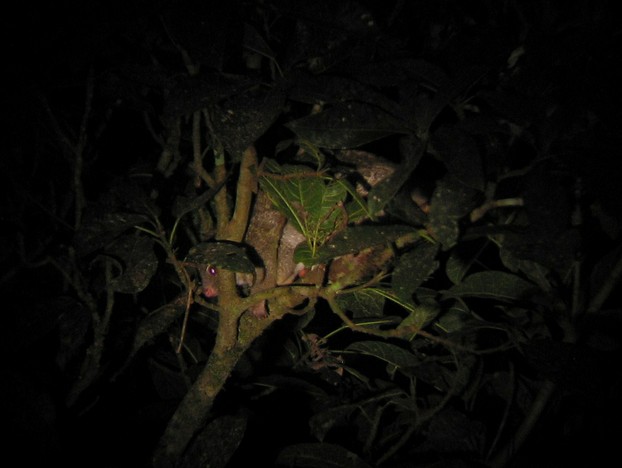
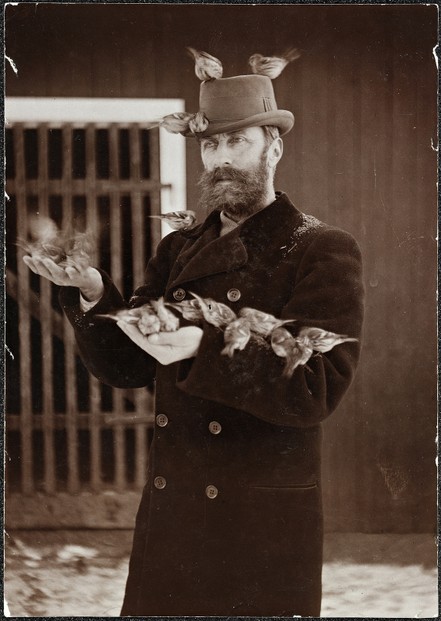
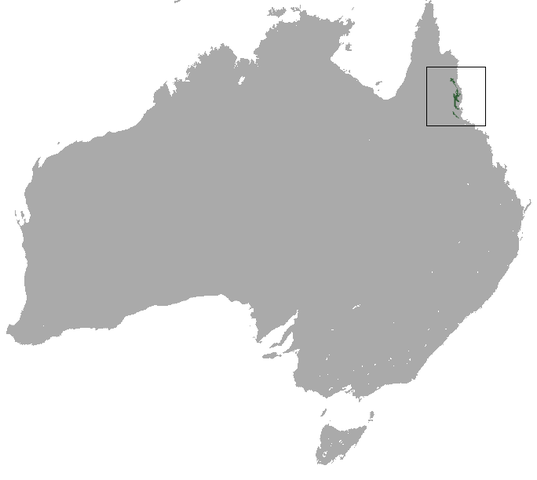
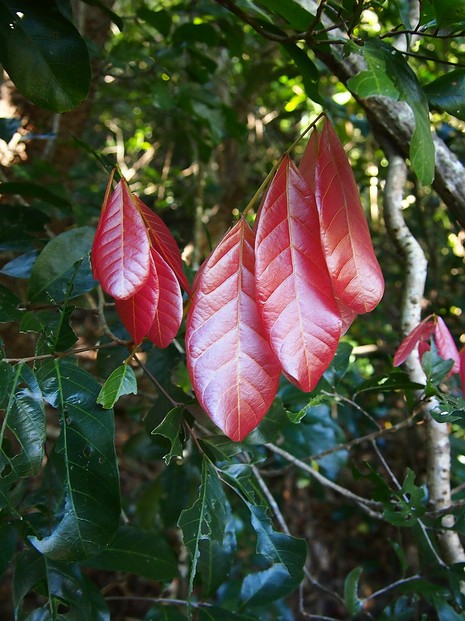
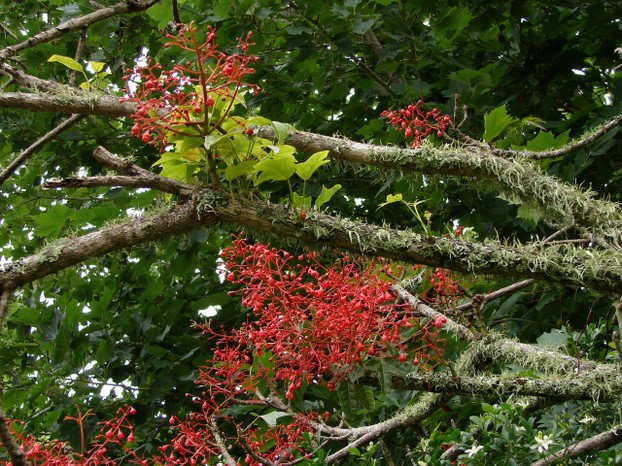
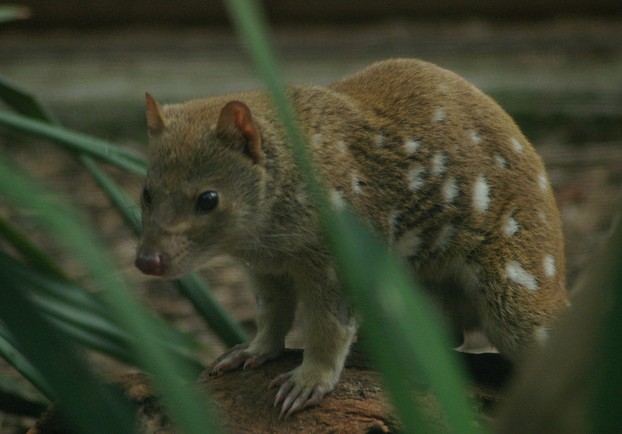
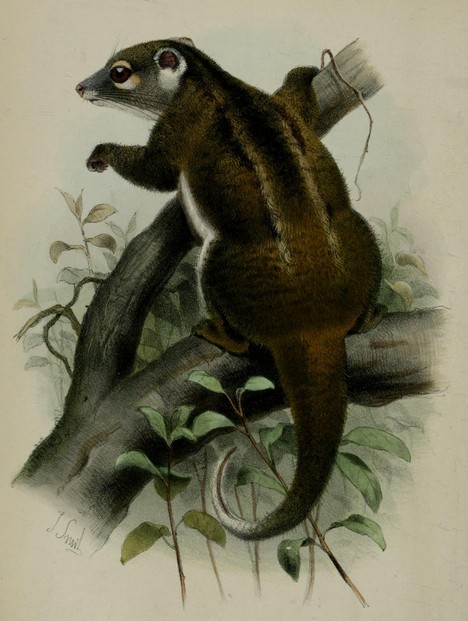
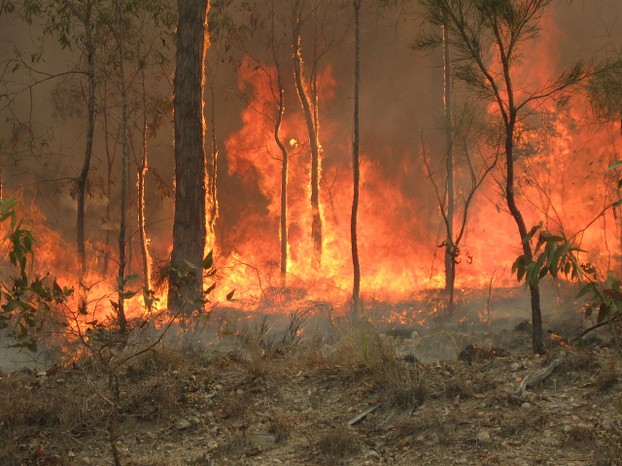
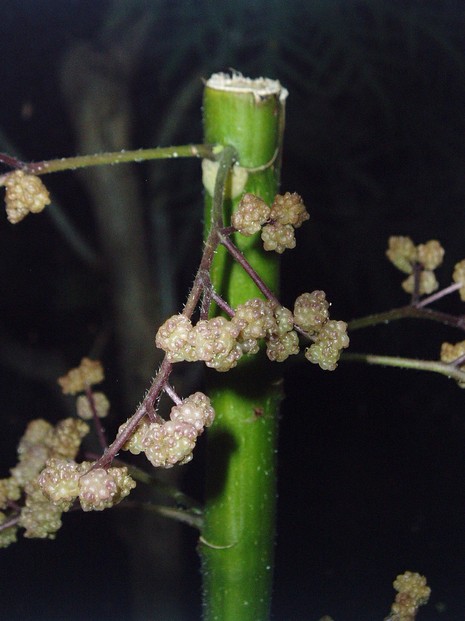
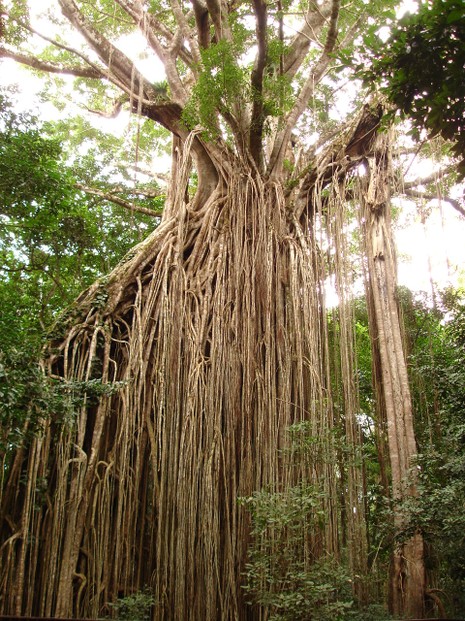






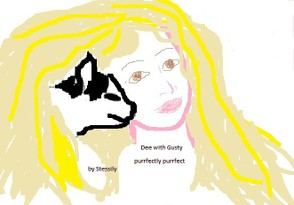
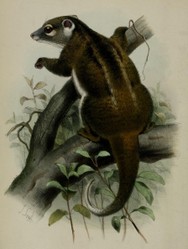

 Are Hawaiian Huakai Po Nightmarchers Avenging Halloween Thursday?on 10/02/2024
Are Hawaiian Huakai Po Nightmarchers Avenging Halloween Thursday?on 10/02/2024
 Mailing Addresses for 2023 Form 4868 Extending 1040 and 1040SR April 15, 2024, Due Dateon 04/15/2024
Mailing Addresses for 2023 Form 4868 Extending 1040 and 1040SR April 15, 2024, Due Dateon 04/15/2024
 Mailing Addresses for 2023 Forms 1040 and 1040SR Filed in 2024on 04/15/2024
Mailing Addresses for 2023 Forms 1040 and 1040SR Filed in 2024on 04/15/2024
 Mailing Addresses for 2022 Form 4868 Extending 1040 and 1040SR April 18, 2023, Due Dateon 04/13/2023
Mailing Addresses for 2022 Form 4868 Extending 1040 and 1040SR April 18, 2023, Due Dateon 04/13/2023


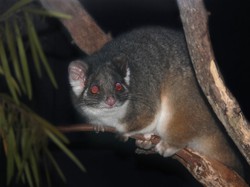
Comments
Mira, You are welcome. Your interest in and appreciation of nature are obvious!
Thank you, Derdriu, for your response!
Mira, Curtain fig trees definitely have an other-worldly appearance because those are roots, not branches! They belong to the species of strangler figs, which have lengthy, aerial roots: very useful for strangling their host trees.
Yes, the sting from the silica-tipped hairs of Dendrocnide moroides can be fatal to humans. This species is one of the most virulent of its species.
It's fun to roam through forests. Such wonderful memories derive from the magical, freeing experience of forest walks and rambles.
I hope that you are able to resume forest roamings in the near future.
I know that I wish that for myself as well.
That curtain fig tree is so unusual. So the branches grow downwards?? Also, the sting of a plant like the one you're showing (Dendrocnide moroides) can be fatal to humans? I used to roam through forests as a child, and I'd like to do that again in the future :)